We began by looking at tessellations in nature, tessellations in art, and tessellations in architecture. We talked about simple processes in creating tessellations. Sliding, flipping, and rotating. Then we worked in groups on identifying the 3 types of movements with tessellations, we worked on identifying tessellations in fabric, and we worked on building tessellations with physical shapes. In our second session half of the student cutout shapes and created tessellations with them, while the other students used a tessellation app that allowed to create an electronic tessellation. A few of those are below. We emailed electronic tessellations to parents, who can order wrapping paper made of these tessellations, as well as a variety of other items from an online vendor.
*Please contact steve@rubberbandproject if you our your school district are interested in learning more about Tessellations
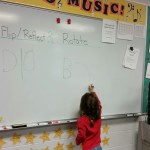 |
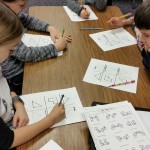 |
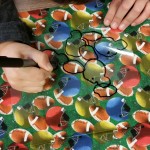 |
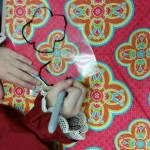 |
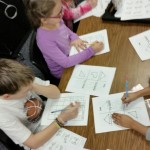 |
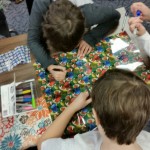 |
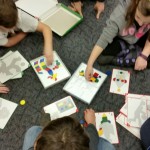 |
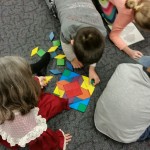 |
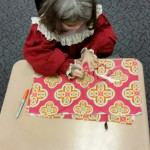 |
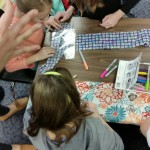 |
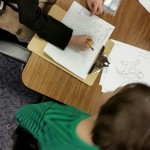 |
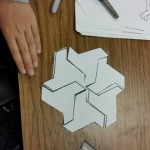 |
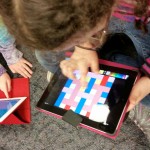 |
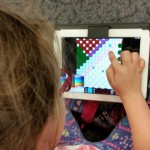 |
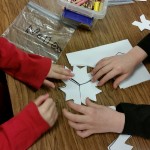 |
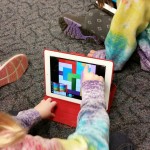 |
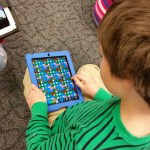 |
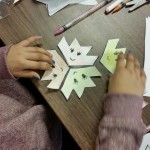 |
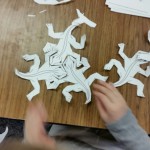 |
|
 |
 |
 |
 |
 |
 |
 |
 |
 |
 |
 |
 |
 |
 |
 |
- CCSS.Math.Content.K.G.B.6: Compose simple shapes to form larger shapes.
- CCSS.Math.Content.1.G.A.2: Compose two-dimensional shapes (rectangles, squares, trapezoids, triangles, half-circles, and quarter-circles) or three-dimensional shapes (cubes, right rectangular prisms, right circular cones, and right circular cylinders) to create a composite shape, and compose new shapes from the composite shape.
- CCSS.Math.Content.2.G.A.1: Recognize and draw shapes having specified attributes, such as a given number of angles or a given number of equal faces. Identify triangles, quadrilaterals, pentagons, hexagons, and cubes.
(MA:Pr5.1.3) a. Exhibit developing ability in a variety of artistic, design, technical, and organizational roles, such as making compositional decisions, manipulating tools, and group planning in media arts productions.(MA:Pr5.1.3) b. Exhibit basic creative skills to invent new content and solutions within and through media arts productions.(MA:Cn11.1.3) b. Examine and interact appropriately with media arts tools and environments, considering safety, rules, and fairness.